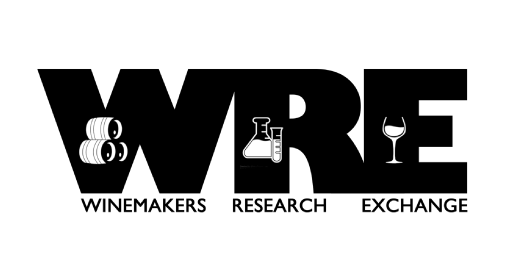Glutathione Addition in Viognier – Fresh Arom (2014)
Matthieu Finot and Cory Craighill
King Family Vineyards
Purpose:
To compare freshness and aromas of Viognier treated v. not treated with glutathione. Methods: Identically sourced Viognier was harvested, crushed, destemmed and pressed. The juice was racked to two identical stainless steel barrels and inoculated with D21 yeast. Fresh Arom (30g/hL) added to the trial barrels after first 1/3 of fermentation. Once AF was complete 5g/hL SO2 added to each barrel. Results: Triangle tasting showed a significant (p<0.05) discernable difference between the trail and control groups. No preference data was collected. Discussion: Preference and sensory data can provide valuable information in the decision to adopt this protocol. Lab data including acetaldehyde levels, dissolved oxygen levels, and ORP would provide insight to how the glutathione has been integrated into the wine. Conclusion: The trial protocol introducing glutathione into viognier had a significant sensory impact on the finished wine.
Introduction:
Many winemakers use Glutathione products during fermentation to increase aromatics and “freshness” by acting as an anti oxidant. Glutathione acts by binding to quinones and preventing their oxidative action. However, some evidence suggests that too much glutathione may protect certain thiols that add reductive characters to wine. Using the optimal dosage of the correct glutathione product may provide valuable protection to wine and allow it to exhibit ideal aromas. This experiment compares the freshness and aromas of Viognier treated v. not treated with glutathione.
Methods:
Identically sourced Viognier was harvested, crushed, destemmed and pressed after 4 hours of skin contact (additions include 4g/hL SO2 and Cynn Free (25mL/ton). The juice was racked to two identical stainless steel barrels and inoculated with D21 yeast. Pro Blanco (Enartis) (30g/hL) added to both as well as Fermaid O (20g/hL) after lag phase. Fresh Arom (Laffort)(30g/hL) was added to the trial barrels after first 1/3 of fermentation. Once AF was complete 5g/hL SO2 added to each barrel.
Results:
Triangle tasting showed a significant (p<0.05) discernable difference between the trail and control groups; however, no preference data was collected for this experiment. Lab analysis showed minimal difference in the finished wines except for titratable acidity (Figure 1).

Discussion:
Sensory data provides valuable information about the effect this protocol could have on the finish wine. Though no preference was indicated, the addition of glutathione into the wine did not change sensory attribute.
Lab data including acetaldehyde levels, dissolved oxygen levels, and ORP would provide insight to how the glutathione has been integrated into the wine.
Glutathione has anti-oxidant properties similar to SO2, and may, in some cases serve as a substitute for higher SO2 levels. This may be especially true of white varietals. Similar experimentation combined with taste preference data will show if this is a viable and/or preferred option in the future.
Conclusion:
The trial protocol used in this experiment, may alter the sensory characteristics either positively or negatively. However, it could also introduce valuable anti-oxidant properties to the finished wine, thus reducing the amount of SO2 used.
References
Kritzinger, E. C.; Bauer, F. F.; duToit, W. J. Role of Gluathione in Winemaking: A Review. J. Agric. Food Chem. 2013, 61, 269-277
Presentation: Andrew Waterhouse and Maria Nikolantonaki: Quinones are Key Players in Wine Oxidation. Wine and Wine Grape Research Conference. February 14, 2012.
http://www.laffort.com/en/products/yeast-bioproducts/86
